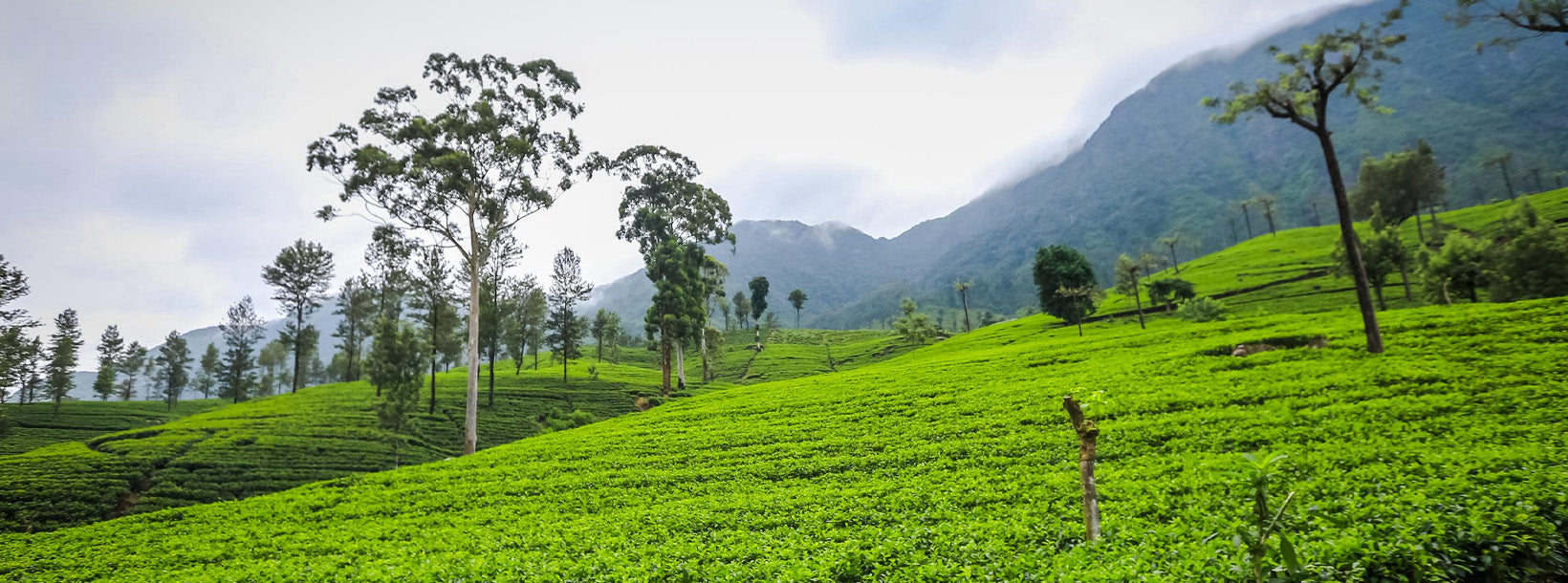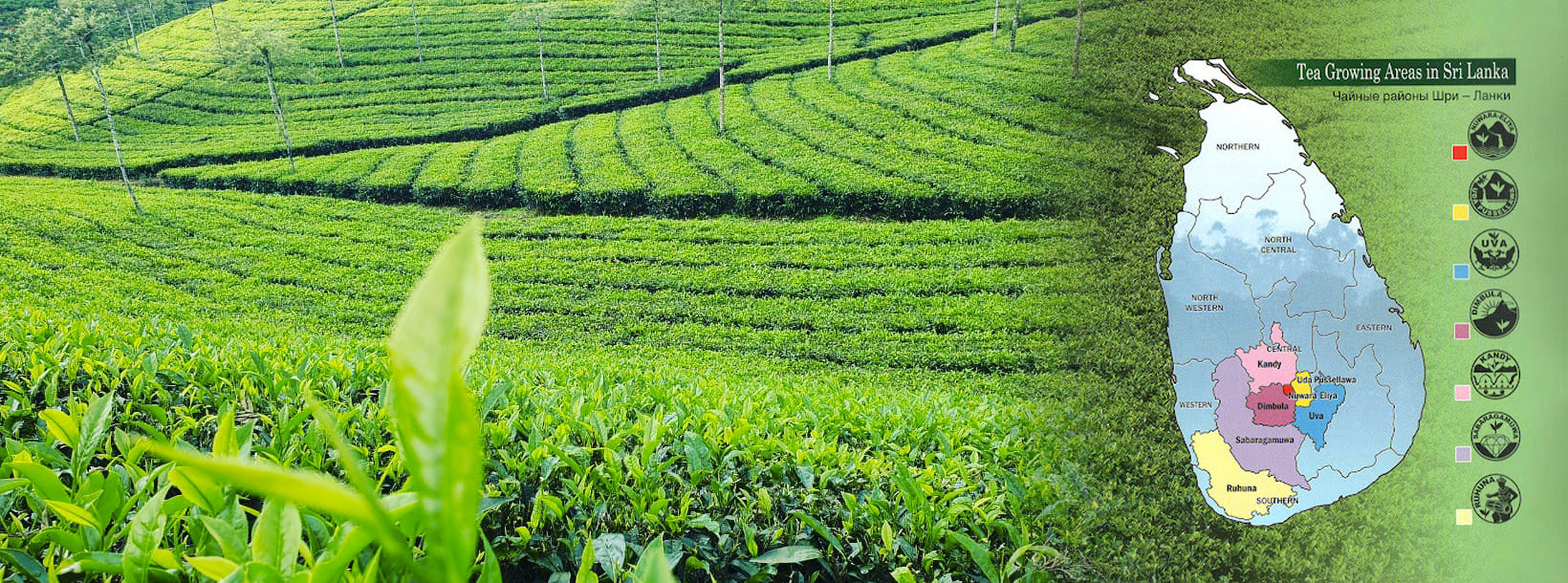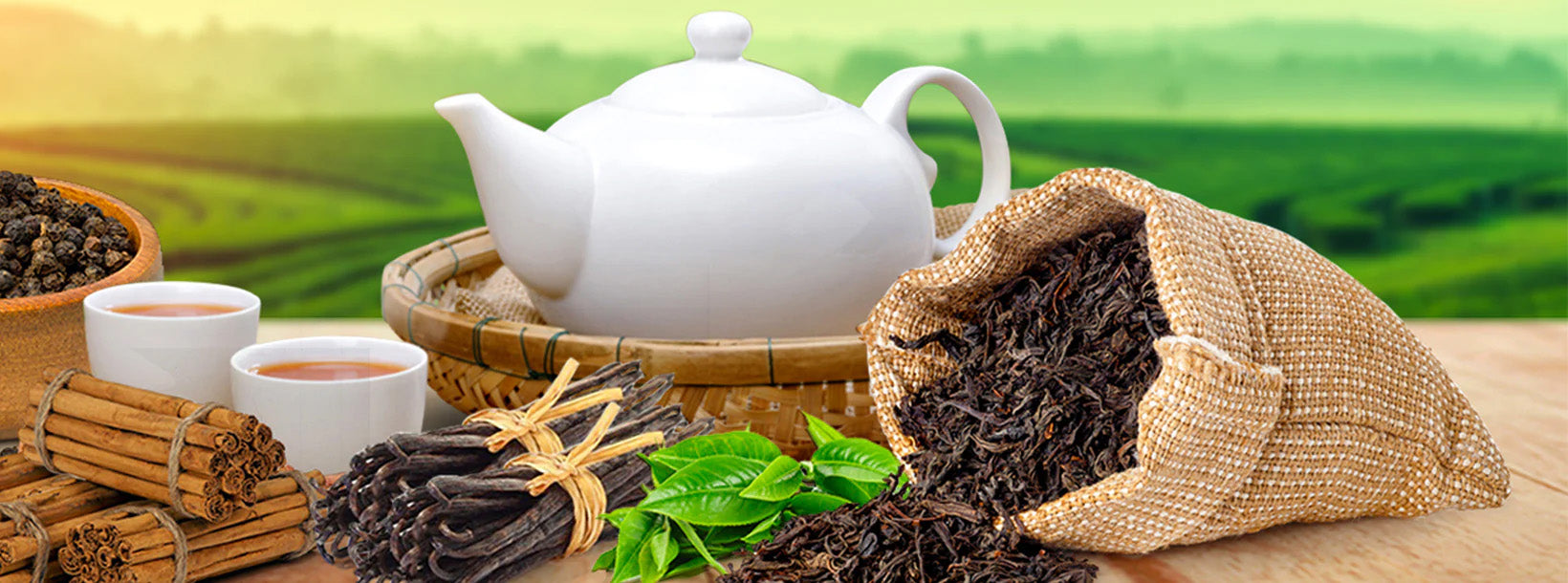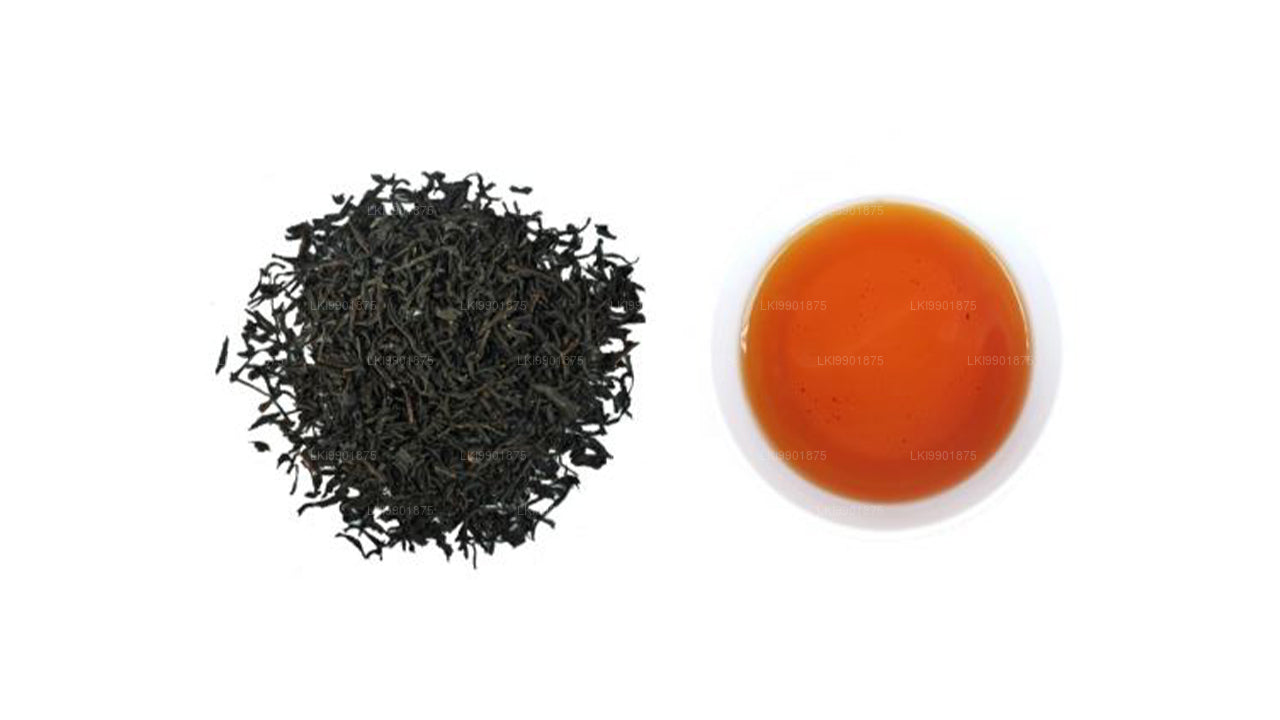
plantations de thé
Les plantations de thé du Sri Lanka, principalement situées dans les hauts plateaux du centre, sont réputées pour produire certains des meilleurs thés au monde. Ces plantations luxuriantes, comme celles de Kandy, Nuwara Eliya et Hatton, offrent des paysages pittoresques et une riche histoire. Elles contribuent grandement à l'économie du pays, exportant du thé de Ceylan de haute qualité dans le monde entier.

Régions productrices de thé de Ceylan
L'infusion dans votre tasse a une histoire à raconter. Elle évoque des collines ondulantes, un soleil abondant et des provinces luxuriantes. Au Sri Lanka, les provinces du centre et du sud produisent la majeure partie du thé. Les variations d'altitude et les microclimats influencent la saveur, la couleur, l'arôme et la saisonnalité caractéristiques du thé de Ceylan.

Catégories de thé noir de Ceylan
Le thé de Ceylan, tel que nous le connaissons aujourd'hui, se décline en différentes variétés, aux saveurs et arômes uniques. Outre cette variété de thés, il existe différentes qualités de thé.
Halpewatte Tea Factory
Halpewatte Tea Factory, located in the picturesque hill town of Ella, Sri Lanka, is one of the most renowned tea factories in the region. It offers tourists a unique insight into the world of Ceylon tea production, a key part of the country’s cultural and economic identity. Visiting the factory is a must-do experience for those wanting to learn about Sri Lanka’s rich tea heritage.
Upon arriving at the factory, tourists are welcomed with a guided tour of the facility, where they can witness the tea-making process firsthand. The tour typically starts with an introduction to tea cultivation, explaining how the tea leaves are harvested from the lush, green plantations surrounding the factory. Visitors are shown the traditional methods of plucking tea leaves, often by hand, and are given an overview of how different varieties of tea, such as black, green, and white tea, are processed.
Inside the factory, tourists can observe the machinery and processes used to turn fresh tea leaves into high-quality Ceylon tea. The steps of withering, rolling, fermenting, drying, and grading are explained in detail, showcasing how each stage contributes to the flavor and quality of the final product. The factory produces a variety of teas, each with distinct flavors, textures, and aromas.
A highlight of the tour is the tea-tasting session, where visitors can sample some of the finest teas produced at the factory. This allows tourists to appreciate the nuances in flavor between different tea grades and learn how to identify the best teas. The panoramic views of the surrounding tea plantations and hill country from the factory's terrace also add to the experience.
In summary, a visit to Halpewatte Tea Factory offers tourists an educational and immersive journey into Sri Lanka's tea culture, making it a memorable stop for those exploring the Ella region.









